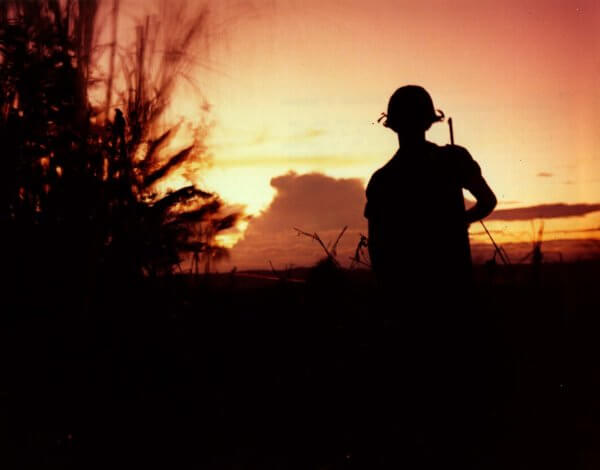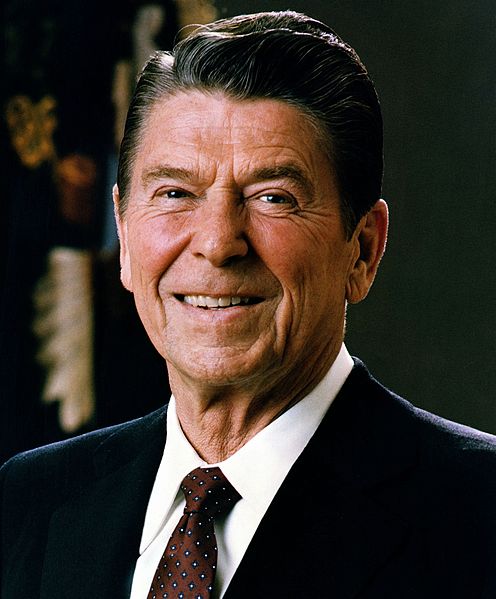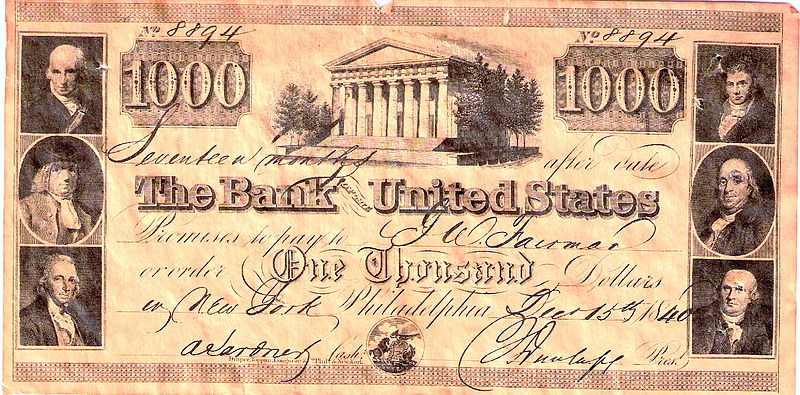When reviewing Period 8 for the exam, don’t forget to study the Vietnam War. Here are some of the Vietnam War APUSH facts you should know.

What was the Vietnam War?
The United States wanted to prevent the spread of communism through a policy called containment. To do this, they fought with South Vietnam against North Vietnam, which wanted to unify the country under a communist government.
It was a terrible war. Soldiers dealt with high grass, booby traps and landmines, monsoon season, and chemical weapons. In the end, the United States lost the war and pulled out from Vietnam. Approximately 60,000 Americans and 2 million Vietnamese people died in the war.
Why is the Vietnam War important to understand?
The Vietnam War was one of the longest wars fought by the United States. It was also the first time that the public received daily updates on the war through broadcast radio and television.
The war was controversial: it sparked bitter debate and a host of protests. People were angry about how and why the US went to war. Many people also disagreed with the draft, which led to the all-volunteer Army that we have today.
Similarly, people didn’t like that 18-year-old men could go to war but couldn’t vote. This led to the adoption of the 26th Amendment, which lowered the voting age from 21 to 18.
Years
November 1, 1955 – April 30, 1975
People
- Ho Chi Minh – Ho Chi Minh was the nationalist leader in Vietnam. He organized the Vietnamese against Japan and later France. He became the leader of North Vietnam and organized the Vietnamese Communist Party.
- Vietcong – This is the name given to the Communist guerrilla force in North Vietnam. They intimidated American and South Vietnamese troops.
- Ngo Dinh Diem – Ngo Dinh Diem was the South Vietnamese President during the Vietnam War. He was a Catholic who strongly opposed Communism. However, corruption in the government and other problems made him an ineffectual leader. He was assassinated during a military coup.
- Le Duc Tho – The Vietnamese diplomat who helped negotiate the end of the war with the US.
- Dwight D. Eisenhower – As President of the United States during the outset of the war, he sent financial and military support to help South Vietnam.
- John F. Kennedy (JFK) – JFK was the 35th President of the United States. He increased financial and military support for the war. He worried that pulling out of the war would result in grave consequences for South Vietnam.
- Lyndon B. Johnson – After serving as the Vice President, he became the 36th President of the United States when JFK was assassinated. Although he promised to withdraw troops from Vietnam, he in fact did the opposite. He didn’t want to be the first U.S. President to “lose” a war. Unfortunately, his approval rates declined, so he didn’t seek reelection.
- Richard M. Nixon – President Eisenhower’s Vice President, Richard M. Nixon became the 37th President of the United States. He started the process of “Vietnamization”. However, his administration expanded the war to Laos and Cambodia. During Nixon’s last year in office, the final troops came home, but some Marines and advisors remained in Vietnam.
- Robert McNamara – Having served as the U.S. Secretary of Defense during the Vietnam War, he resigned when the U.S. lost the war.
Events
- Geneva Conference – After the First Indochina War, in which Ho Chi Minh’s communist army had declared independence from France, France decided to abandon its Vietnamese colony. The conference led to the division of Vietnam, between North and South, at the 17th parallel. Ho Chi Minh, who had great support in the North, was the leader who signed the treaty.
- Tet Offensive – Launched on January 30, 1968, the Tet Offensive included about 70,000 North Vietnamese and Vietcong forces. Together, they launched aggressive attacks on over 100 towns and cities in South Vietnam.
- Gulf of Tonkin Resolution – On August 7, 1964, Congress approved a plan to expand the war due to information they received about submarine warfare. The intel may have been falsified to get Congress to agree.
- Pentagon Papers – The Department of Defense, led by Robert McNamara, created a study of the Vietnam War political and military actions. Daniel Ellsburg leaked these to the New York Times.
- Paris Peace Accords – Henry Kissinger and Le Duc Tho negotiated the end of the war on January 27, 1973. It was signed by North and South Vietnam, the United States, and the NLF. It called for a cease-fire, as well as, the withdraw of American troops within 60 days.
- Fall of Saigon – The North Vietnam troops captured the South Vietnamese capital of Saigon on April 30, 1975. This led to the reunification of North and South Vietnam.
Vietnam War APUSH Practice Question 1
During the Vietnam War, “containment” was best described as:
a. Segregating Americans of Asian descent to prevent espionage within the country.
b. Limiting the number of Communist nations throughout the world.
c. Reducing the number of people and nations involved in the Vietnam War.
d. Removing the draft and creating an army consisting of volunteers alone.
Answer: B. One of the reasons that America got involved in the Vietnam War was to prevent the North Korean Communist government from taking over the entire country. The U.S. hoped to limit the number of Communist countries since they were already involved in the Cold War with Russia.
Vietnam War APUSH Practice Question 2
The U.S. ultimately lost the Vietnam War because of all of the following EXCEPT:
a. The lack of a clear and coherent war strategy.
b. Untrained and inexperienced South Vietnamese troops.
c. Intimidating Vietcong guerrilla tactics in the high grasses.
d. Absence of the draft to recruit American troops to fight.
Answer: D. Although Americans relied on the draft at the beginning of the war, it became a point of contention. Many people looked for ways to dodge the draft, which led to the present-day Army of volunteers. Reasons for the U.S. loss include the lack of a clear strategy, untrained South Vietnamese troops, the conviction of the North Vietnamese, and the intimidating Vietcong tactics.
Vietnam War APUSH Practice Question 3
President Nixon’s “Vietnamization” policy called for what?
a. Working toward a ceasefire with the North Vietnamese government.
b. Providing refuge to as many South Vietnamese people as possible.
c. Gradually removing American troops from Vietnam.
d. Training American troops to imitate the Vietcong guerrilla tactics.
Answer: C. President Nixon promised the American people that he would start to bring American troops back. Then, the South Vietnamese troops would take over. This was to be a gradual process known as “Vietnamization”. However, it turned out to be a much slower process than expected.
Vietnam War APUSH Practice Question 4
Why did Congress pass the 26th Amendment to the Constitution?
a. Because John F. Kennedy’s assassination left people confused about who should take office.
b. Since they didn’t want the right to vote tied to how much money someone paid in taxes.
c. Because people were upset that an 18-year-old man could get sent to war but couldn’t vote.
d. Since Congress wanted to show their constituents that they weren’t raising their salary unfairly.
Answer: C. With 18-year-old men drafted into the war, people questioned why they were old enough to fight but not old enough to vote. At the time, the voting age was 21. With this Amendment to the U.S. Constitution, the age was reduced to 18.
The Vietnam War created great divisions in the United States between the pro-war hawks and anti-war doves. As you continue to practice Vietnam War APUSH questions for the exam, think about how the war continues to impact the US today.





